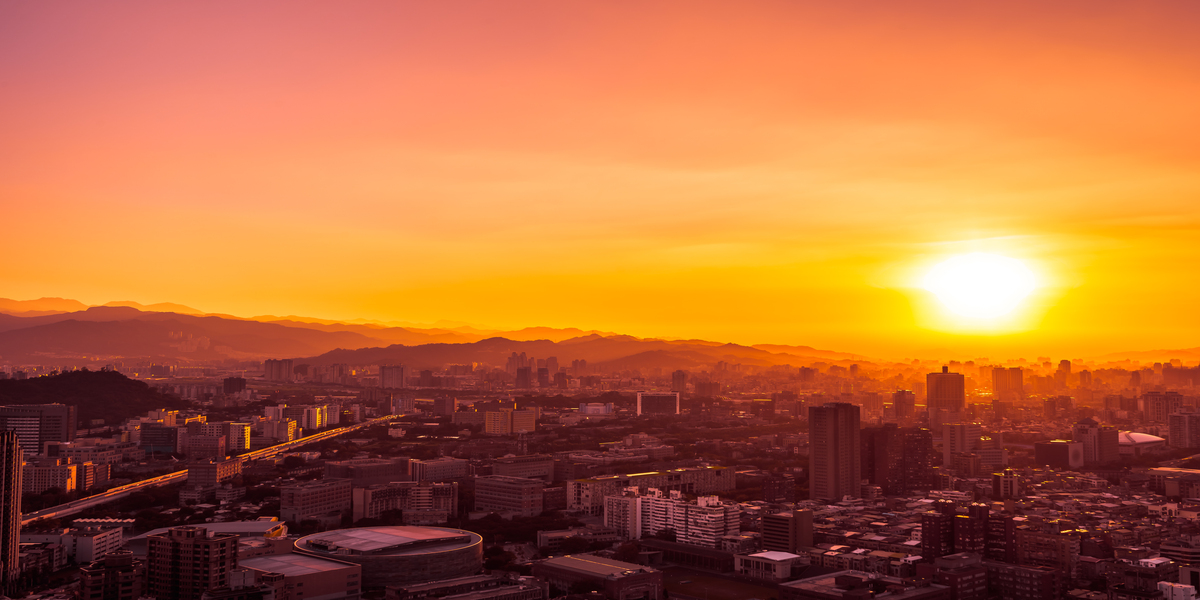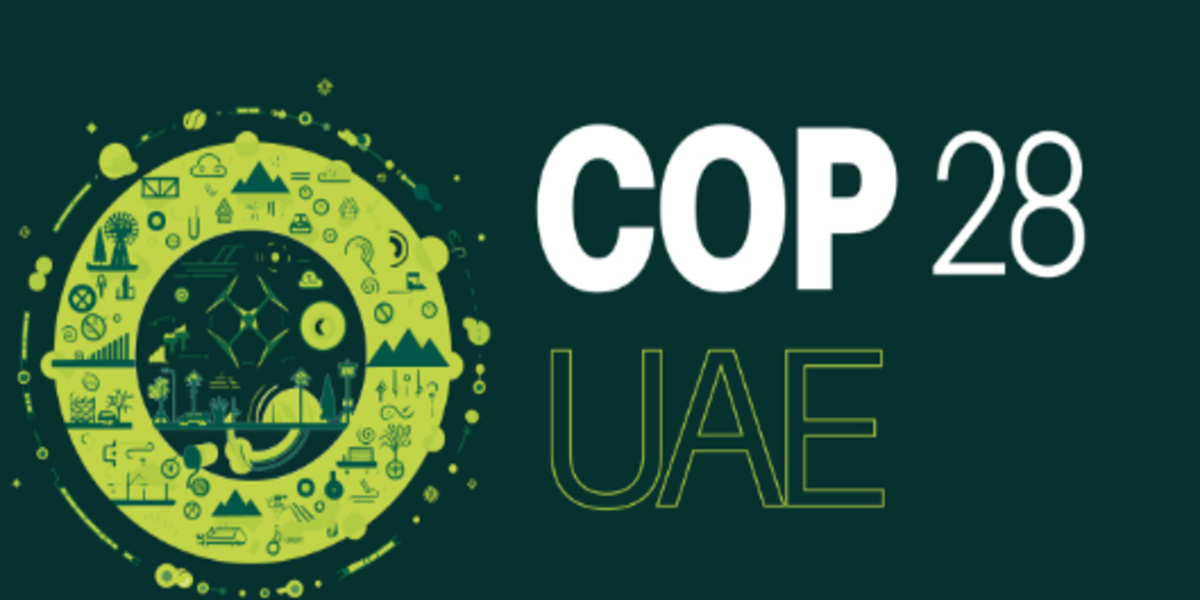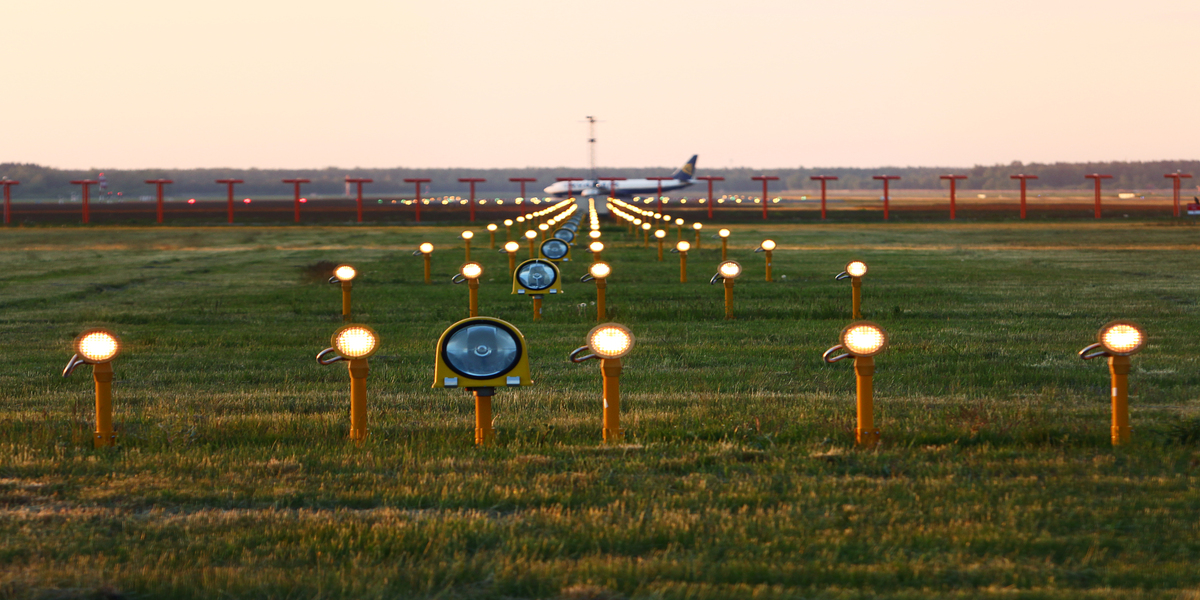As we look for ways to make our planet cleaner and reduce pollution, two fuels often come up in the conversation: ethanol and green hydrogen. Thus both have the potential to help us reduce greenhouse gas (GHG) emissions, but they are very different in terms of how practical they are to use right now. Let’s explore these two fuels and understand why ethanol is the immediate solution we need!
What is Ethanol?
Ethanol is a type of alcohol that can made from plants like corn, sugarcane, and other biomass. When blended with gasoline, it helps reduce the amount of pollution that cars produce. Also, Ethanol is a renewable fuel which is already using in many countries around the world as a way to cut down on harmful emissions from vehicles.
What is Green Hydrogen?
Green hydrogen is a clean fuel from electricity (renewable sources like wind and solar) to split water into hydrogen and oxygen. When you use hydrogen as a fuel, the only byproduct is water, which makes it a very attractive option for a pollution-free future.
Ethanol vs. Green Hydrogen: Composition and Usage Explained
As we explore cleaner alternatives to fossil fuels, ethanol and green hydrogen emerge as significant contenders. However, they differ fundamentally in their composition and usage. So let’s delve into these differences to understand why they are unique and their uses.
| Ethanol | Green Hydrogen |
| Chemical Structure: Ethanol (C2H5OH) is a type of alcohol. It consists of two carbon atoms, six hydrogen atoms, and one oxygen atom. | Chemical Structure: Hydrogen (H2) is the simplest and most abundant element in the universe. It consists of two hydrogen atoms. |
| Source: Ethanol is typically produced through the fermentation of sugars found in crops like corn, sugarcane, and other biomass. The fermentation process involves using yeast to convert these sugars into ethanol and carbon dioxide. | Source: Green hydrogen is produced by splitting water (H2O) into hydrogen and oxygen using renewable energy sources like wind, solar, or hydropower. This process is called electrolysis. |
| Production: Ethanol can be produced through two main methods:First-generation ethanol: Made from food crops such as corn and sugarcane.Second-generation ethanol: Made from non-food biomass such as agricultural residues, wood, and grasses. | Production: There are different types of hydrogen based on the production process:Green hydrogen: Produced using renewable energy for electrolysis, making it the cleanest form.Blue hydrogen: Produced from natural gas with carbon capture and storage to reduce emissions.Grey hydrogen: Produced from natural gas or coal without capturing the emitted CO2. |
Usage
| Ethanol | Green Hydrogen |
| Fuel Blending: Ethanol is primarily used as a fuel additive. It is blended with gasoline to create ethanol-blended fuels such as E10 (10% ethanol, 90% gasoline) and E85 (85% ethanol, 15% gasoline). These blends help reduce the overall emissions from gasoline. | Fuel Cells: One of the primary uses of green hydrogen is in fuel cells. Fuel cells convert hydrogen into electricity, which can be used to power electric vehicles (FCEVs) and provide electricity for buildings and industries. The only byproduct is water, making it a very clean energy source. |
| Compatibility: Most modern internal combustion engine vehicles can run on ethanol-blended fuels without modifications. Flex-fuel vehicles are designed to run on higher ethanol blends like E85. | Compatibility: Hydrogen can also be used in modified internal combustion engines. However, this is less common compared to fuel cell technology. |
| Energy Density: Ethanol has a lower energy density compared to gasoline. This means that a gallon of ethanol contains less energy than a gallon of gasoline, which can result in slightly lower fuel economy when using high ethanol blends. | Energy Density: Hydrogen can be used to store excess renewable energy. When renewable energy sources like wind or solar produce more electricity than needed, the excess energy can be used to produce hydrogen, which can be stored and later converted back into electricity. |
| Uses:Ethanol is also used in the production of beverages, as a solvent in industrial processes, and in the manufacture of personal care products and pharmaceuticals. | Uses: Hydrogen is used in various industrial processes, including refining petroleum, producing ammonia for fertilizers, and manufacturing chemicals and materials. |
Green Hydrogen: The Future, But Not Just Yet
While both ethanol and green hydrogen have the potential to reduce pollution and GHG emissions, ethanol offers several immediate advantages:
Advantages of Ethanol Over Green Hydrogen
1. Cost
- Ethanol: The technology to produce ethanol is well-establishing and relatively inexpensive. Farmers grow crops like corn and sugarcane, which then convert into ethanol. This process is cost-effective and supports the agricultural industry.
- Green Hydrogen: Producing green hydrogen is currently very expensive. Therefore it requires advanced technology and a lot of electricity from renewable sources. The high cost of production makes green hydrogen less practical for widespread use at the moment.
2. Existing Infrastructure
- Ethanol: Firstly, the biggest advantages of ethanol is that it can used with the current infrastructure. Ethanol can blended with gasoline and used in existing cars without any modifications. Similarly, Gas stations are already in a form to handle ethanol-blended fuels, making it easy to implement immediately.
- Green Hydrogen: Using green hydrogen requires new infrastructure. Therefore this includes new production plants, storage facilities, pipelines, and fueling stations. Also building this infrastructure would take a lot of time and money, delaying the widespread use of hydrogen.
3. Immediate Environmental Benefits
- Ethanol: Ethanol burns cleaner than gasoline, producing fewer harmful emissions like carbon monoxide and particulate matter. Thus by using ethanol-blended gasoline, we can start reducing pollution and greenhouse gas (GHG) emissions right away.
- Green Hydrogen: While green hydrogen is very clean when used, producing and distributing it on a large scale is not yet feasible. The environmental benefits of hydrogen will only realized once the necessary infrastructure is in place, which could take years.
4. Compatibility with Current Vehicles
- Ethanol: Most cars on the road today can run on ethanol-blended gasoline without any modifications. Therefore we can start using more ethanol immediately without needing new types of cars. This makes ethanol a practical and convenient solution.
- Green Hydrogen: First of all to use hydrogen as a fuel, we need special fuel cell vehicles or hydrogen-powered internal combustion engines. These types of vehicles are not yet widely available, and they are generally more expensive than traditional cars.
5. Economic Benefits
- Ethanol: Producing ethanol supports farmers and the agricultural industry. It provides a market for crops like corn and sugarcane, helping to boost the economy and create jobs, especially in rural areas.
- Green Hydrogen: While green hydrogen also has the potential to create jobs in the future, the current high costs and lack of infrastructure mean that its economic benefits will take longer to materialize.
Green hydrogen holds great promise for the future, but its high production costs and the need for new infrastructure make it less practical for immediate use. By increasing the use of ethanol, we can start making a positive impact on the environment right now while continuing to develop the technology and infrastructure needed for green hydrogen in the future.
Conclusion
Ethanol offers an immediate and practical solution for reducing pollution and GHG emissions. So it is affordable, can blended with gasoline using the existing infrastructure, and can used in the cars we drive today. While green hydrogen holds promise for a cleaner future, the high costs and lack of infrastructure make it a longer-term solution.
Therefore by focusing on increasing ethanol use, we can start making a positive impact on the environment right away. As technology and infrastructure for green hydrogen improve, it will likely play a significant role in our future energy landscape. But for now, ethanol is the bridge that can help us move towards a cleaner, more sustainable world.
In conclusion, ethanol is a practical, cost-effective, and immediately implementable solution to help reduce pollution and GHG emissions, making it the better choice for addressing our current environmental challenges.










